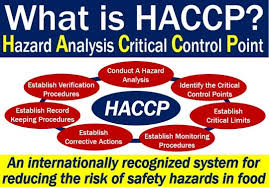How to Improve Your Product Shelf Life
Many food manufacturer want to extend their product shelf life but do not know what the factors that can improve it are. To find out, a detailed shelf life study is needed to determine the causes of product failure and then design a solution to it. The first step is to identify the type of product failure. This comes in the form of moldy appearance, off taste, color change, flavor change, aroma change or that the bioburden has exceeded the food safety standards and will cause gastrointestinal problems. Usually product failure involves multiple modes and tests must be set up to study each and every cause. For each study, third party sensory evaluation is needed as well as laboratory test to measure bacterial growth, vitamin loss, color changes and rancidity. To save time, accelerated shelf studies in controlled atmosphere to simulate the best and worst case scenario are often carried out. Once the problem is identified, solutions can be found like; mold issues can be solved by addition of preservatives, or by lowering the water activity; rancidity can be countered with the addition of antioxidants; loss of nutritional values can be solved by increasing the initial nutrient contest like vitamins in your product.
Finally monitoring the solution as a HACCP control point will be necessary, for e.g.; measuring the bioburden for microbiological control; measuring oxidation by products for rancidity; measuring mycotoxins for mold; measuring the content of antioxidants. It is now known that adding an appropriate amount of antimicrobials to the finished product is not sufficient but foremost the product must be manufactured in a tightly controlled process that includes adequate hygiene.
Another way to estimate your product shelf life, especially for ready to eat foods, is to monitor the amount of psychotropic bacteria. These bacteria can grow at refrigeration temperatures and are regularly found in food. Psychotropic bacteria are usually monitored by enumerating pseudomonas.
Indicator Organism
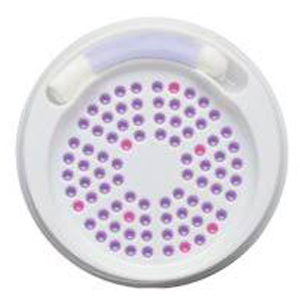
1. For estimation of bioburden
Accurate counting is important. Use SimPlate® bacterial counting is made easy.
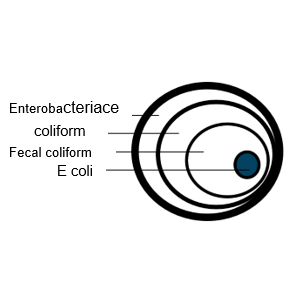
2. Indicator Organism
Indicators of potential human or fecal contamination or possible presence of pathogens.
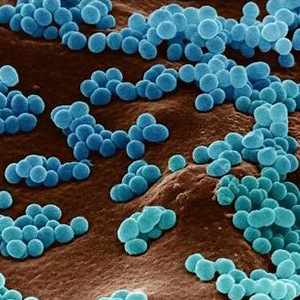
3. Indicator Organism
Indicators that asses the number of microorganism or microbial activity.
Most commonly used is aerobic plate count. Measures the number viable bacteria in the sample.
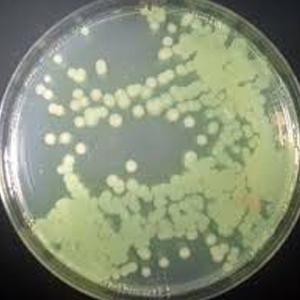
4. Testing for Pseudomonas
Biolife pseudomonas selective agar is a selective medium for the isolation and identification of pseudomonas spp. It is a
centrimide agar medium recommended by USP and EP. This is a presumptive test.
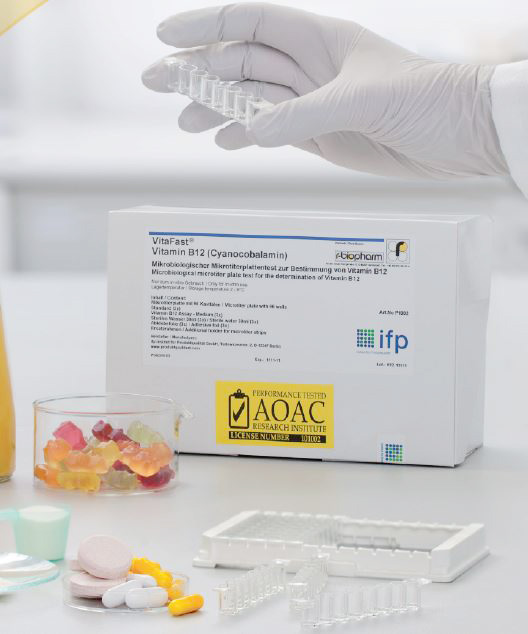
5. Testing for Vitamins
Vitamins are added as a food fortification and its quantity are labelled. As such testing at the end of the product shelf life is necessary to ensure that the food contents comply with its label.
VitaFast®
The VitaFast® are microbiological tests in an easy to use microtiter plate format. The microorganism are lyophilized in the wells. Growth of the microbes are dependent on the vitamin concentration. This growth can be measured with turbidity using a microtiter plate reader. This is possible for all water soluble vitamins - Folic acid, Pantothenic acid, Vitamin C (Ascorbic Acid), Vitamin B1 (thiamin), Vitamin B2 (Riboflavin), Vitamin B3 (Niacin), Vitamin B6 (pyridoxine), Vitamin B7 (biotin), Vitamin B12 (cyanocobalamin), Inositol.

We provide the best services about science.
About Company
Sitemap
Please contact our friendly sales staff for more information.
Feel free to ask us questions. We would love to assist you !

